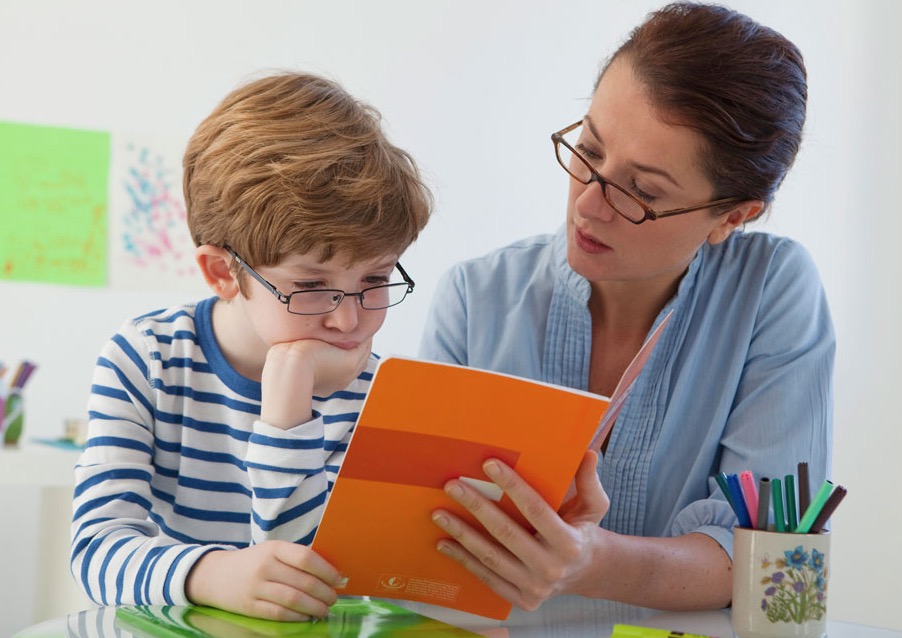What is MSL And How it Can Help Those With Dyslexia
What is MSL And How it Can Help Those With Dyslexia

What is MSL (Multisensory Structured Language) and Can it Help those with Dyslexia?
Links are consistently being made between the language we see, the language we hear, and the language symbols we touch when learning to read and spell.
MSL is distinct from other methods of learning because it engages multiple senses at a time. Specifically, it engages visual, auditory, and kinesthetic pathways simultaneously, to enhance the learning of language.
How does MSL instruction work?
Students engage with MSL learning material in more than one way.
For example, students might learn the letter “d” by simultaneously writing it out with finger paint and saying it out loud.
Another example is the Wilson Reading System technique, which has students tap out each sound of a word with their fingers, to help break a word down.
Students learn to link speech sounds (phonemes) to letters or letter patterns by saying sounds for letters they see, or writing letters for sounds they hear. It conveys information through things like touch and movement—called kinesthetic elements—as well as sight and hearing.
How can MSL help those Diagnosed with Dyslexia?
Students with dyslexia often exhibit weaknesses in underlying language skills involving speech sound (phonological) and written language (orthographic) processing and in building brain pathways that connect speech with written language.
The brain pathways used for reading and spelling must develop to transmit information with sufficient speed and accuracy.
Children with Dyslexia have trouble learning to recognize words automatically, or fast enough to allow comprehension. This causes problems in forming memories for common words.
Specialized instruction like MSL, can be very helpful in mastering the alphabetic code and forming common word memories.
MSL instruction helps children with Dyslexia harness their strengths to make connections and form memories by using a wide range of ways to demonstrate what they’ve learned.
The MSL approach offers the students the advantage of learning alphabetic patterns and words with an engagement of all learning modalities.
All children can benefit from MSL lessons, but MSL can be particularly helpful for kids with learning and attention issues like Dyslexia.
Current research, much of it supported by the National Institute of Child Health and Human Development (NICHD), has demonstrated the value of MSL language teaching for all students, especially those with dyslexia.
The Pathways team of professionals has helped thousands of people with Dyslexia. We are Dedicated to effective and compassionate care for individuals with neurological challenges.
The post What is MSL And How it Can Help Those With Dyslexia appeared first on Pathways Neuropsychology Associates.
Source: Pathways Neuropsychology
What is MSL And How it Can Help Those With Dyslexia









